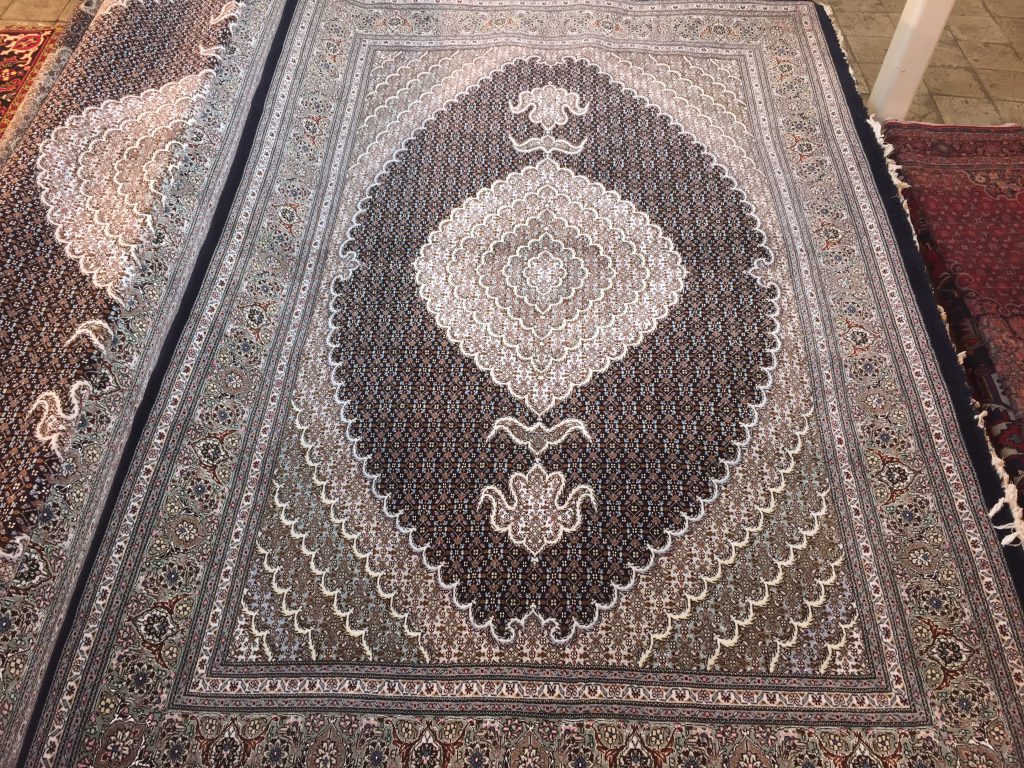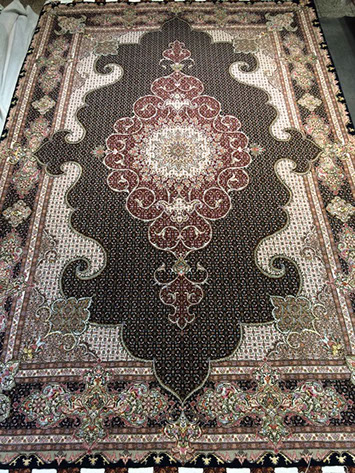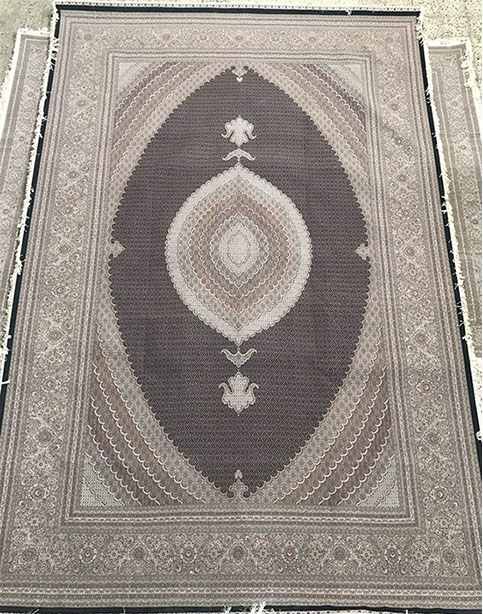Khoy handmade carpet
Iran is the largest exporter of handmade carpets with a 30% share in
world markets and about 3 million square meters of handmade carpets are woven in
Iran annually, two thirds of which is exported and one third responds to
domestic demand. Export carpets.
Ingredients used in handmade fine carpets
Handmade carpet fabric is used in a variety of carpets and in khoi carpets for
warp and weft, however some woven tribes use wool at the base of the carpet and
in silk carpets often use silk as a base. And they also use candles.
A candle is a material or fiber used in the weaving of various types of rugs and
handmade rugs. The main ingredients used in Iranian carpets and handmade carpets
are khaki: cloth, wool, silk, and cotton.
Wool is the most common material for knitting Iranian handmade carpets,
especially the fine handmade carpets of Khoy, both because of its softness and
durability and because of the availability of these natural resources to the
Iranian people. The best wool is generally made from cold heights and mountain
topography in areas of Iran is suitable for producing excellent wool quality.
Other wools come from Australia and New Zealand. Curly wool is the best type of
wool, it is a high quality wool that is very soft and durable.
But natural silk is very expensive and therefore less used in carpets. Silk is
made from a cocoon of silkworms on the leaves of the berry. Silk has a finer
advantage over other natural fibers. However, although not as thick as wool and
durable, due to the complexity of details, the high cost and cost involved in
making silk carpets are recommended to be used as wall hangers or in low-pass
areas. Some carpets use small amounts of silk with a wool candle to highlight
the details and add depth to the character. Flax silk is usually used at the
base of the carpet. However, some weavers (such as Turkmen) use it to introduce
white details and create a contrast in color and texture.
Colors used in Khoy handmade carpet
The colors of Persian rugs and handmade carpets of fine fish come
before the knitting process of carpets that are dyed wool or silk.
There are conflicting views on carpet colors. Some believe that the more
traditional method should be used and that only carpet dyes should be used. The
counter argument is that chemical dyes have been in use for over 100 years, and
many shades and designs are not obtained using the natural coloring process.
We believe that both types of colors have their advantages. Natural colors often
provide a natural palette. While carpets using chrome colors can be brighter,
brighter and more vibrant than their plant counterparts.
Choosing the type of color really depends on the look you want your carpet to
have. Some chemical dyes are faster than herbal dyes, while some herbal dyes are
faster than chromium dyes. So choosing the color really depends on the design
and the customer's needs.
Khoy handmade carpet price
There are many factors involved in pricing a Khoy handmade carpet. For example,
different techniques, weaving methods and different types of yarn can affect the
price of a khaki handmade rug. Also, the workshop carpets should not be compared
with the nomadic carpets. As a result, different working conditions will set a
different price.
However, the impact of raw materials on final prices is not comparable to wages,
as most raw materials are supplied domestically. The cities of Sirjan, Kerman,
Kermanshah and Mashhad provide excellent wool. Cotton and herbal colors are also
widely available in Iran. But parts of the required fibers are imported from
Australia and New Zealand, and silk imports from China and several other
countries.
But overall the speed of weaving, the type of carpet, the size of the carpet,
the amount of time spent knitting, the complexity and density of the carpet as
well as the amount of wages determine the price of a khaki handmade carpet.



